The odd north- Canadian Folklore in Literature and Art
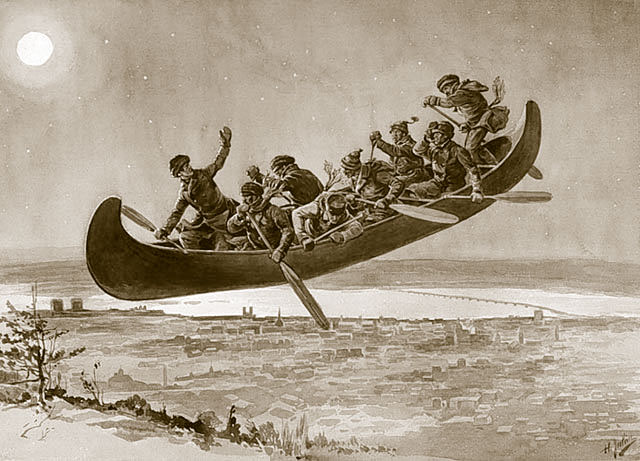
The odd north- Canadian Folklore in Literature and ArtRead More »

The odd north- Canadian Folklore in Literature and ArtRead More »
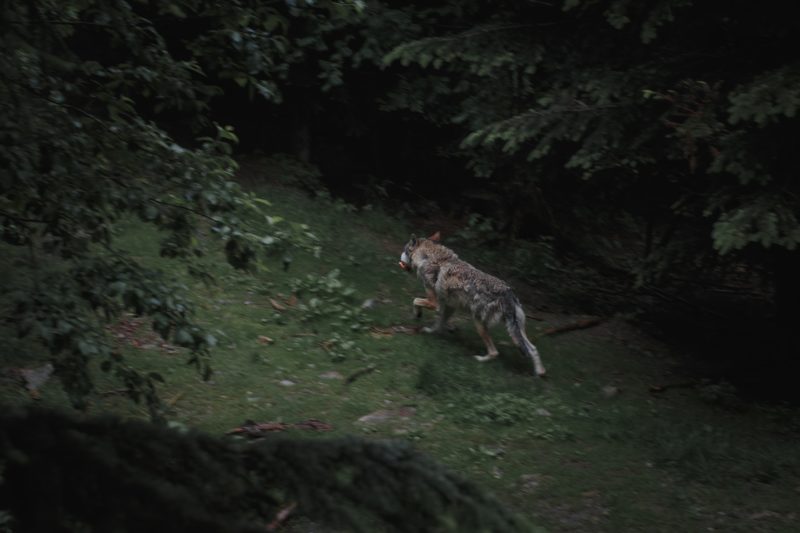
Photo by Jp Valery on Unsplash
In my latest episode of my podcast, Dispatch 7, I talk about the folklore concerning werewolves (in French, the loup garou) in France’s former empire in North America. I used to give this talk when I lectured at the University of Trier in Germany, and it was always popular with the students. I’ll also be sharing some lectures on this blog regarding Canadian folklore in art, literature and film, as we approach Halloween.
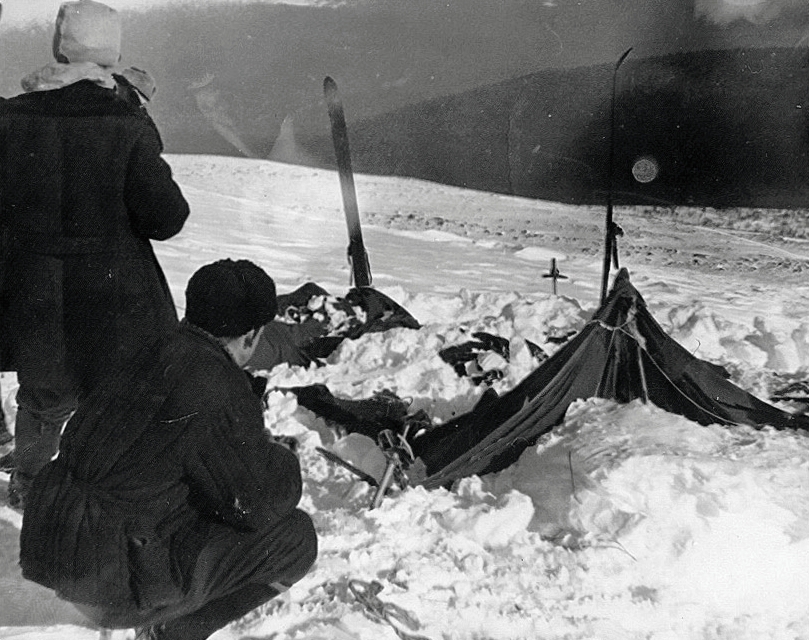
As someone who loves folklore and mystery, every Halloween season I try to find some global mysteries to discuss. Earlier on the blog I did a book review of Donnie Eichar’s Dead Mountain: The Untold True Story of the Dyatlov Pass Incident. In 1959 a large group of hikers disappeared in a remote and mountainous part of the Soviet Union. It was only when the first bodies began to appear, however, that the mystery began to acquire broader attention. Something appeared to have made them flee out of their tent in the dead of night while only partly dressed, something that was suicide in the depths of the Russian winter. Everyone in that tent was an experienced hiker and camper. What could have scared them so badly? Or was there a killer on the mountain that night, from whom they fled in terror? Given that this event took place in the Soviet Union during the height of the Cold War, there were a plethora of conspiracy theories about secret Soviet experiments, strange radiation injuries, and military guards. But what can we learn about this event in hindsight?
Lucy Ash has a wonderful article on the event, published on the BBC news website, for which she went to the location of the disaster, and interviewed key people. If you’re looking for a strange story to read, preferably while curled up near a fire on Halloween, this might be a good choice. Or check out my own book, Dangerous Spirits, which you can find here on Apple books.
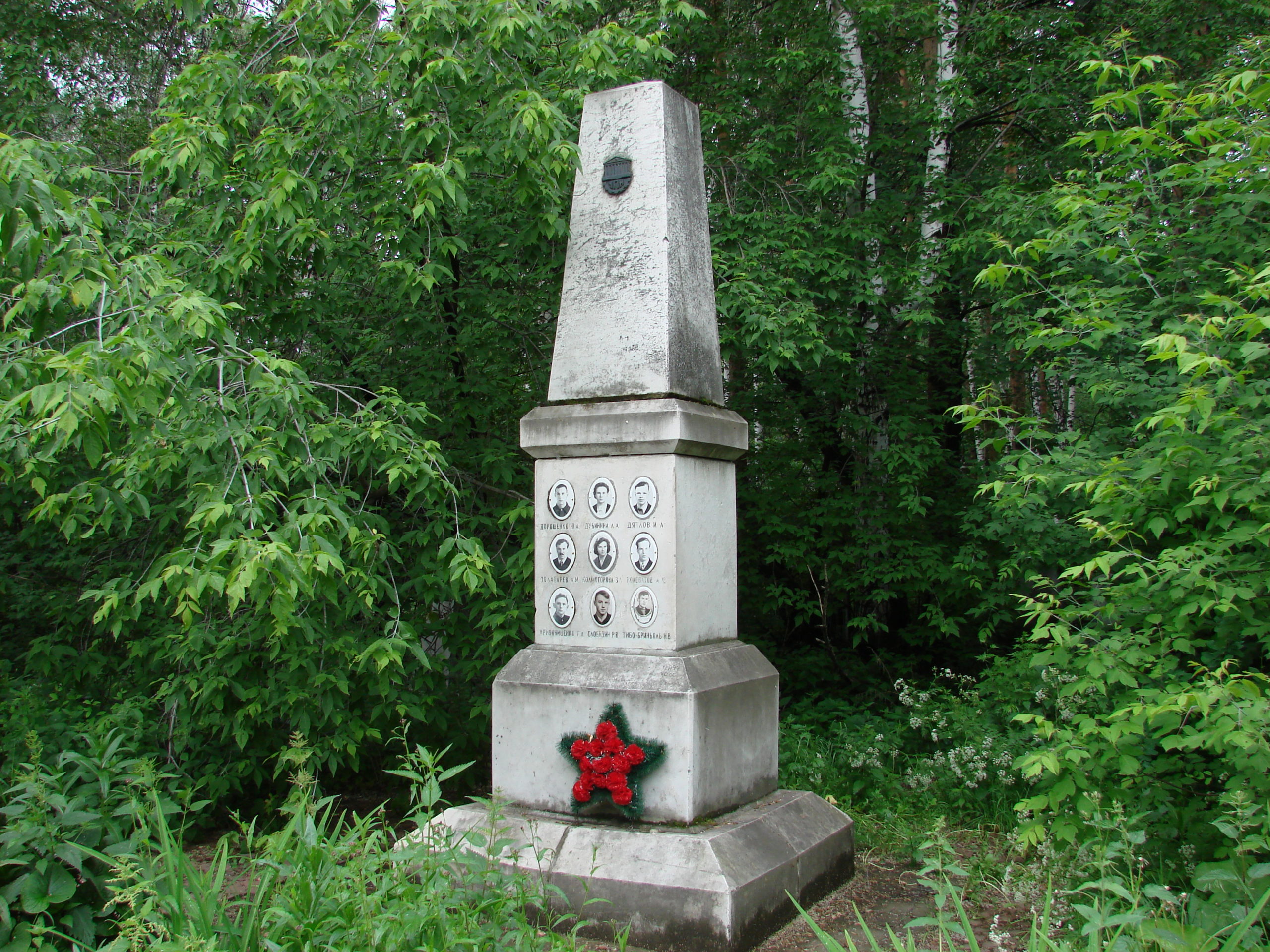
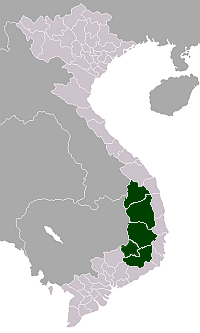
I love folklore and mysteries, which led me to write a book about an evil spirit in Indigenous belief in Canada and the United States. After many years of reading about folklore from the Amazon to Hong Kong, I thought that I had heard about every mythical being. And then I came across this brief, carefully-researched video by Mark Felton on Vietnam’s legendary rock apes: “Vietnam War Rock Apes – Bigfoot or Big Fraud?” Since Mark Felton is best known for carefully researched histories of military events during World War Two, this YouTube video surprised me. But if you’re curious to hear the stories American GI’s told about encountering strange animals during the Vietnam War, this might be the video for you.
If you are curious, you can find my own posts about Japanese demons, British ghosts, and a Canadian mystery ship here. Lastly, if you haven’t heard the podcast Death in Ice Valley, about a woman’s strange death in Norway, I highly recommend it.
I know that this Halloween most families in both Canada and the United States won’t be trick-or-treating, given the pandemic. Whatever you and your family do to celebrate Halloween, stay well and have fun.
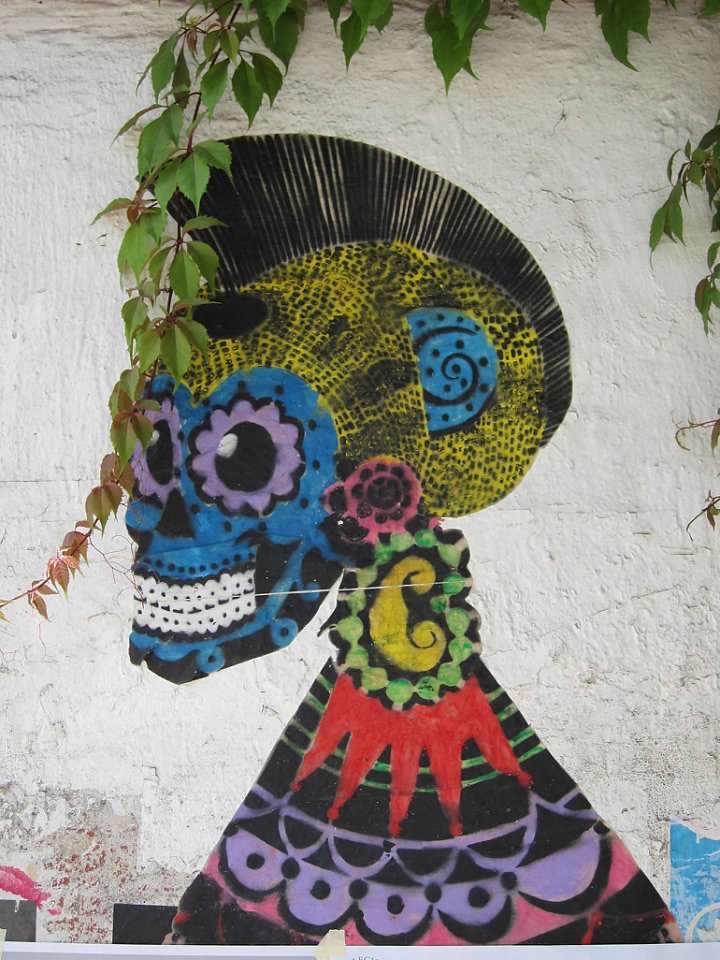
I love folklore and myth so much that I have written a book about the history of an evil spirit -the Windigo- in Indigenous religion in the United States and Canada. So every year around Halloween I do posts that focus on mysteries. I first did research in Oaxaca, Mexico back in 2004, and soon afterwards my wife chose it as the site for her anthropological field-work. For years my family and I would travel to Oaxaca. I fell in love with its Indigenous heritage, arts, culture and -perhaps most of all- food. And of course the folklore, which Hilary Morgan Leathem’s captures in her piece “Oaxacan Ruin Lore: When the Stones Come For You”
While it has now been years since I last returned to Oaxaca, this piece brought back memories of Monte Alban and Mitla. While Monte Alban is much better known, Mitla is an evocative (albeit much smaller) site. Although it can be easily viewed in an hour or less, for me the locale had an evocative, eerie feeling. What I like about Leathem’s account is how it connects these Zapotec ruins to contemporary folklore. As Leathem describes the ruins haunt the local imagination: “Yet what is quite possibly most unique about Mitla are the stories where the landscape—or, rather, the ruins themselves – do the bewitching. There are multiple accounts of Mitla’s ruins haunting locals through disturbing and vivid dreams. . . . .In every instance where the ruins have possessed people through dreams, the individual descends into an atypical form of madness. They are struck with “ruin envy” and cannot rid their minds of the ruins.”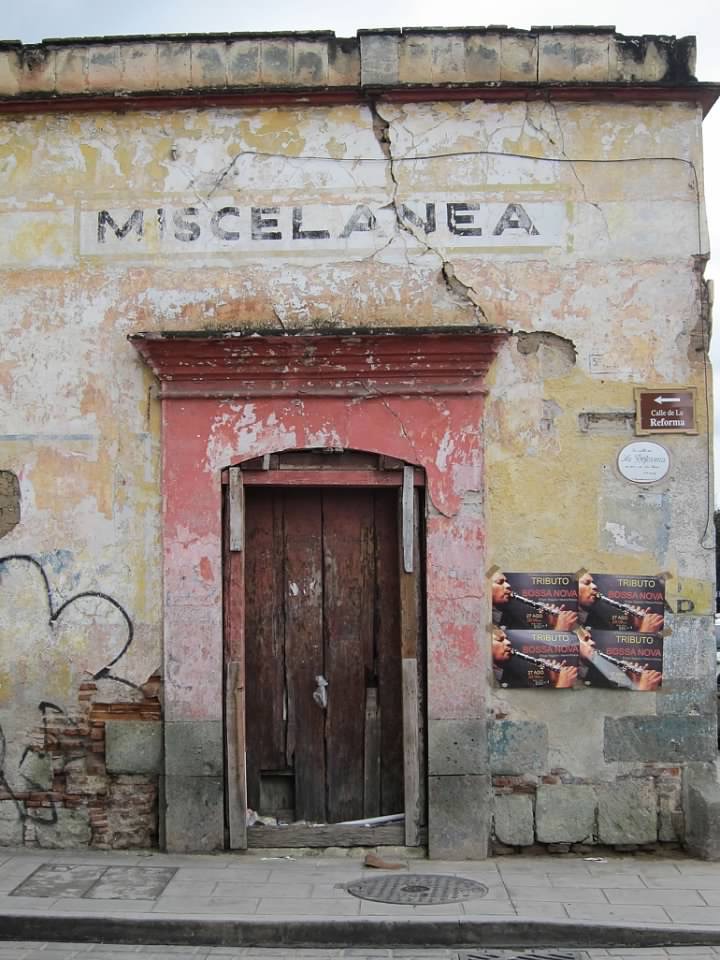
Wall in Oaxaca City, Mexico. Circa 2011. Photo by Margaret Everett
Mexico’s Indigenous heritage is so vast, deep and influential that haunts all aspects of Mexico’s rich folklore. My family and I was once driven through Oaxaca City by a taxi driver, who told me that underneath the city there were networks of tunnels that ran from one colonial Church to many other locations. At the time I thought that the idea was absurd. Now I wonder if this particular legend is not another aspect of this Indigenous legacy. If you want to learn more not only about Mexico’s mysteries and folklore, but also its Indigenous peoples and history, I highly recommend the podcast Mexico Unexplained by Robert Bitto. In the episode, “The Mysterious Tunnels of Teotihuacan” Bitto described how over a century of explorers and archaeologists have searched for an underground network of tunnels and grottos beneath this sprawling Meso-American city. The episode is worth listening to for the sense of wonder that may be evoked by some recent finds. But more particularly, this episode made me question if the folklore if I heard from that taxi driver perhaps had its origins in the stories about the tunnels under Teotihuacan. But then, caves and the underground world have always been important in Oaxaca’s Indigenous traditions (Steele, 1997).
Since the Spanish often built their colonial churches on the temples of the Indigenous peoples, perhaps it was not impossible that there were in fact tunnels under these sacred sites in Oaxaca city. I wonder what might turn up after a flood causes a sinkhole in Oaxaca someday. After all, wasn’t the Templo Mayor in Mexico City uncovered by electrical workers entirely by accident in 1978? There is so much missing and hidden in Mexico. And it is not only ruins that haunt the country’s imagination, but also tales of lost cities and islands. 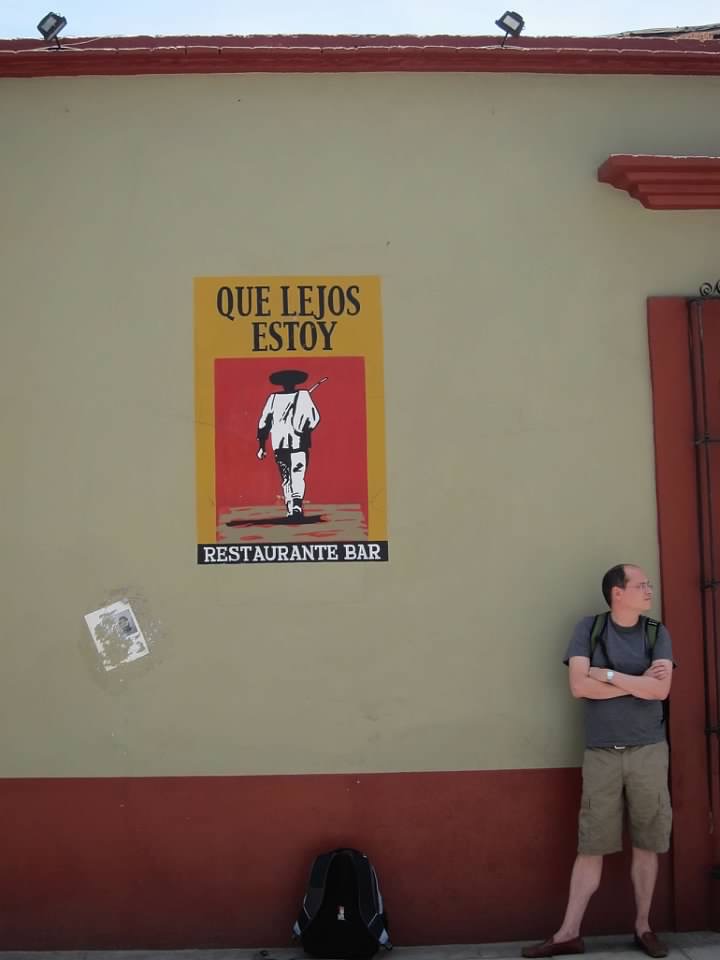
Mexican bar sign, Oaxaca City, Mexico. Photo by Margaret Everett around 2013.
If you want to hear about another mystery, please read this post on the Vela Incident. Or if you are interested in hearing more about global topics, please listen to my podcast, Dispatch 7. You can find it on Spotify here, or by searching whichever podcast platform you prefer.
Reference:
Steele, J. F. (1997). Cave Rituals in Oaxaca, Mexico. Conference paper, presented at the Society for American Archaeology conference in Nashville, TN.

Every year I do a post on ghosts or the supernatural across borders, such a ghost ship in Canada, a haunted building in Hong Kong, a selection of spooky podcasts, or Japanese tales of the supernatural. With these posts I’ve covered a wide section of the globe, from northern folklore to a British novel. One region that I haven’t covered yet, however, is the Middle East. Back in September 2019 Sebastian Castelier and Quentin Muller published an evocative article in Al Jazeera titled Gravediggers claim ghosts haunt world’s largest cemetery in Iraq.
The article is based on interviews with the gravediggers at perhaps the world’s largest cemetery, called Wadi-us-Salaam or Valley of Peace, in Iraq. The cemetery is home to at least five million people, and graves there are highly prized. The gravediggers, however, report encounters with ghosts and the dead that leave them traumatized. One man even said that he was slapped by a corpse. I particularly liked the atmospheric pictures that accompanied the article.
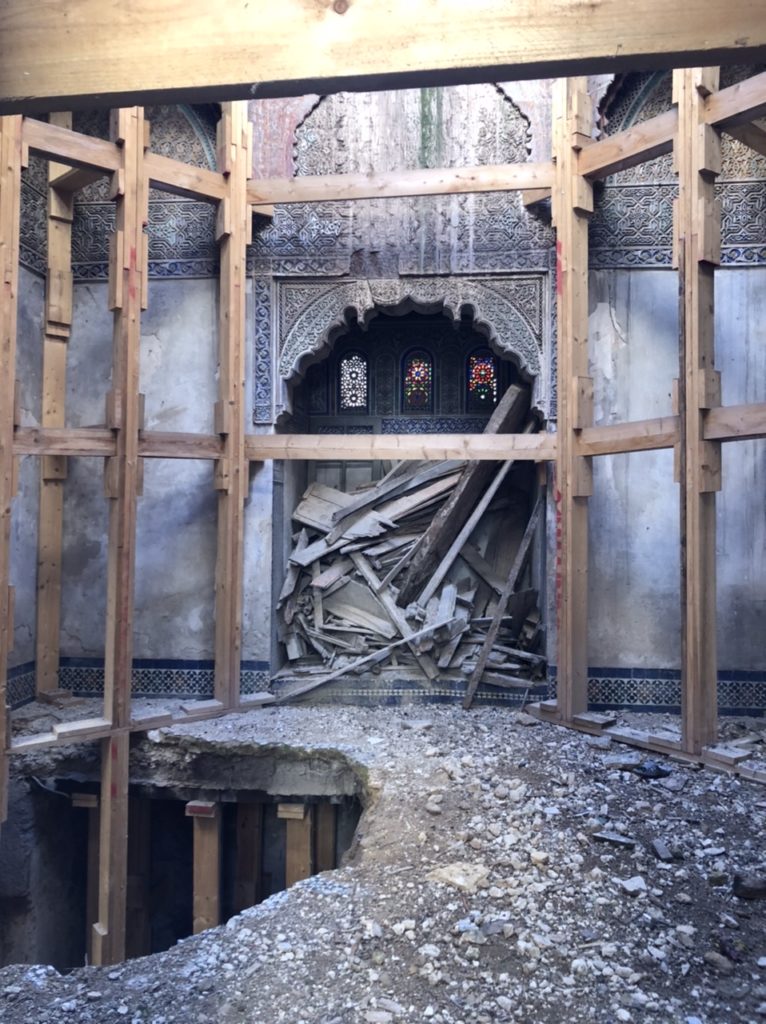
If you enjoy podcasts, you might like listening to Spooked. Season Two, episode three was titled the Iron Gate, for reasons that become clear during the tale. This story was told by a U.S. military veteran, who had an unsettling encounter in a strange, abandoned home in Iraq. Whatever it was in that house scared him as much as any sniper. There is something nightmarish about being in a house with many people, but at the same time being so truly alone. The first person narratives in the Spooked series are intimate. They may make you feel if you are listening to an old friend tell you a story across your kitchen table.
I also recommend the Relic podcast, in particular episode #46, “Atlantis of the Sands.” The episodes description says:
During World War II, an Englishman named T.E. Lawrence fought in the Arab uprising against the Ottoman Empire. While travelling, “Lawrence of Arabia” learned of a majestic city that he dubbed “The Atlantis of the Sands”, a kingdom that been buried under the dunes of the Empty Quarter. But this lost city was well known to the Arab world; it had appeared in the 1,001 Nights and was even mentioned by name in The Quran. Is Ubar, or Iram of the Pillars, waiting to be unearthed?
The episode combines folklore, archaeology and history. By the end, I wanted to start pouring over some satellite images of the Arabian peninsula in search of a lost city. But it’s not a story from the Arabian peninsula that has most impacted ideas about death in the United States.
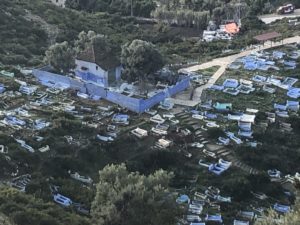
One point that strikes me is the persistence of images associated with ancient Egypt in cemeteries and mausoleums with gates, buildings, or doors that were built in the United States during the early twentieth century. As you can see below, even in the gate to the North Dorchester Burying Ground in Massachusetts, which holds good Puritans from colonial New England (including at least one of my own ancestors), has an Egyptian motif on its gate. You can see a similar motif at the Mount Auburn cemetery in Cambridge, Massachusetts, which was perhaps the most prestigious burial site in the state. For some reason, the well-to-do merchants, politicians and bankers in the state liked having an Egyptian image over this entry. In North America our idea of death has been shaped by artistic traditions from the Middle East for a long time. In the same way, frightening images of the undead -particularly the mummy- from the Middle East have shaped horror fiction, radio programs, podcasts and movies for generations. References to locations in the Middle East show up in fiction of the uncanny in the most unexpected ways. For example, one popular supernatural podcast, Tanis, is named after an ancient city in Egypt (doubtless inspired by the film Raiders of the Lost Ark).
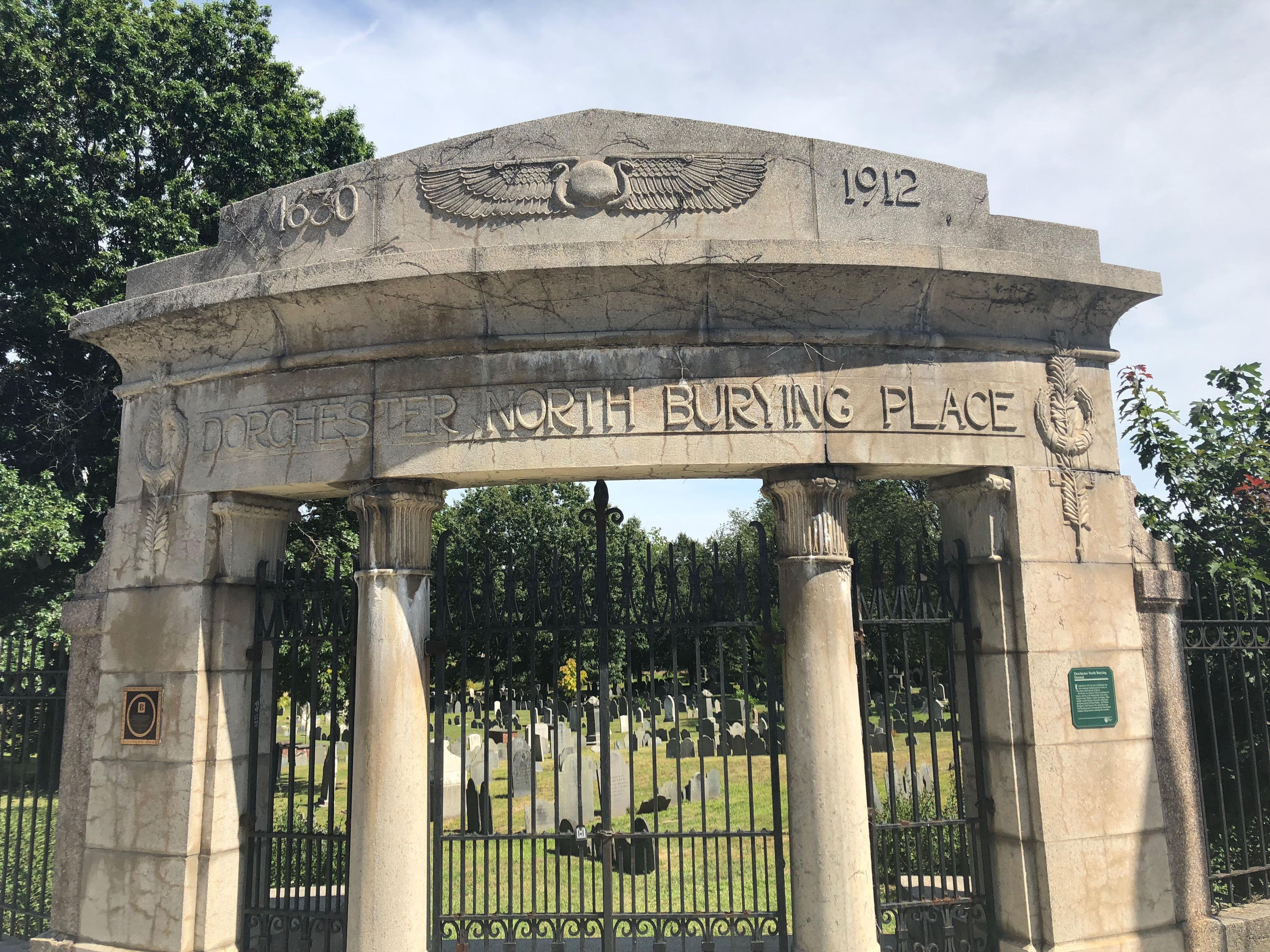
For anyone interested in a deeper dive into how Middle Eastern traditions regarding jinn have influenced film and popular culture, please see Peterson’s work (2007) in the references below. While the book focuses on jinn (alternative spelling djinn) in movies, it also does a good job to place jinn in the context of traditional belief. While we might associate jinns with the genies in Disney films, the folkloric roots for this being are far more frightening than Aladdin or “I Dream of Genie” might suggest. And who knew that jinn became associated with consumer culture and consumption in the modern era?
If you want some frightening first hand accounts from Dubai residents please read Rohit Nair’s interviews in his piece, “Dubai residents recount their scariest moments.” Of course, since Dubai is a cosmopolitan place the stories people tale take place from Sri Lanka to the ghost village of Jazeera Al Hamra in Ras Al Khaimah, in the United Arab Emirates.
Finally, if there is one region that haunts the imagination of the British, Russian and United States armed forces, it’s probably Afghanistan, although it’s a Central Asian country. There have been some recent articles -and a SciFy channel documentary- about one American (formerly British) military base, apparently haunted by Russian soldiers. The title of the New York Times articles conveys the stories’ mood: An Ancient Hill and Forgotten Dead: Afghanistan’s Haunted Outpost. These stories speak to how the US soldiers -who could see the burned out armored personnel carriers that the Russians left behind- were haunted by the legacy of the soldiers and empires that fought there before them. I would personally like to edit a volume on the ghost stories of imperialism (which would include British, Chinese, Roman, Russian and US tales) as a retirement project someday. But these accounts from Observation Point Rock are not literary tales, but rather the stories of people hearing Russian whispered in their ear in their fox holes.
It all reminds me of Rudyard Kipling’s 1892 tale “The Lost Legion,” in which British soldiers have an eerie encounter with the ghost of an Indian regiment that had rebelled in 1857. As an aside, I wonder now if that story subconsciously influenced Tolkien in The Return of King. Much as in Kipling’s tale, the dead -who had violated their oath- could not rest, until they came to help an imperial force and by so doing fulfill their promise. I always thought that this section of the Return of the King was disappointing; shouldn’t the heroes have solved the challenge through their own abilities? And why did Gandalf give the ring to Frodo to carry, if he knew that Frodo couldn’t even place the ring in a fire? Why send Frodo to Mount Doom, since he’d already failed the test? But I digress. The point is, the Western memories of imperial misadventures from the Middle East to Central Asia can show up in the most unlikely of places.
I haven’t researched this possible link between Kipling’s tale and Tolkien. There’s probably a PhD. thesis on this topic in a British library -and a hundred blog posts on this topic- that I should have researched and referenced before posting this idea.
If you are curious to read more about folklore outside the Middle East you might be interested in my own book, Dangerous Spirits: the Windigo in Myth or History, which covers a belief in New England and the upper Midwest in the United States, and most of eastern Canada. You can see a brief video about the windigo here, and a review of my book here. The windigo was an Algonquian belief. The Algonquians were the most wide-spread cultural group in North America. The windigo was the spirit of winter and selfishness, which could transform a person into a cannibal monster. Much like the jinn, the idea of the windigo evolved with time, and became associated with capitalist culture. As with the jinn, the wendigo or windigo (there are many different spellings) has become appropriated by the dominant society, which has used it in TV shows (Supernatural), children’s programs, video games, and novels. If you do read my book, whether you love or hate it, please do leave a review on Goodreads.
This year I expect that most families in North American won’t have a typical Halloween, given the COVID-19 pandemic. I hope that you and your families there can stay home and enjoy watching “The Legend of Sleepy Hollow” or some other spooky film.
If you are interested in hearing more about global topics, please listen to my podcast, Dispatch 7. You can find it on Spotify here, or by searching whichever podcast platform you prefer.
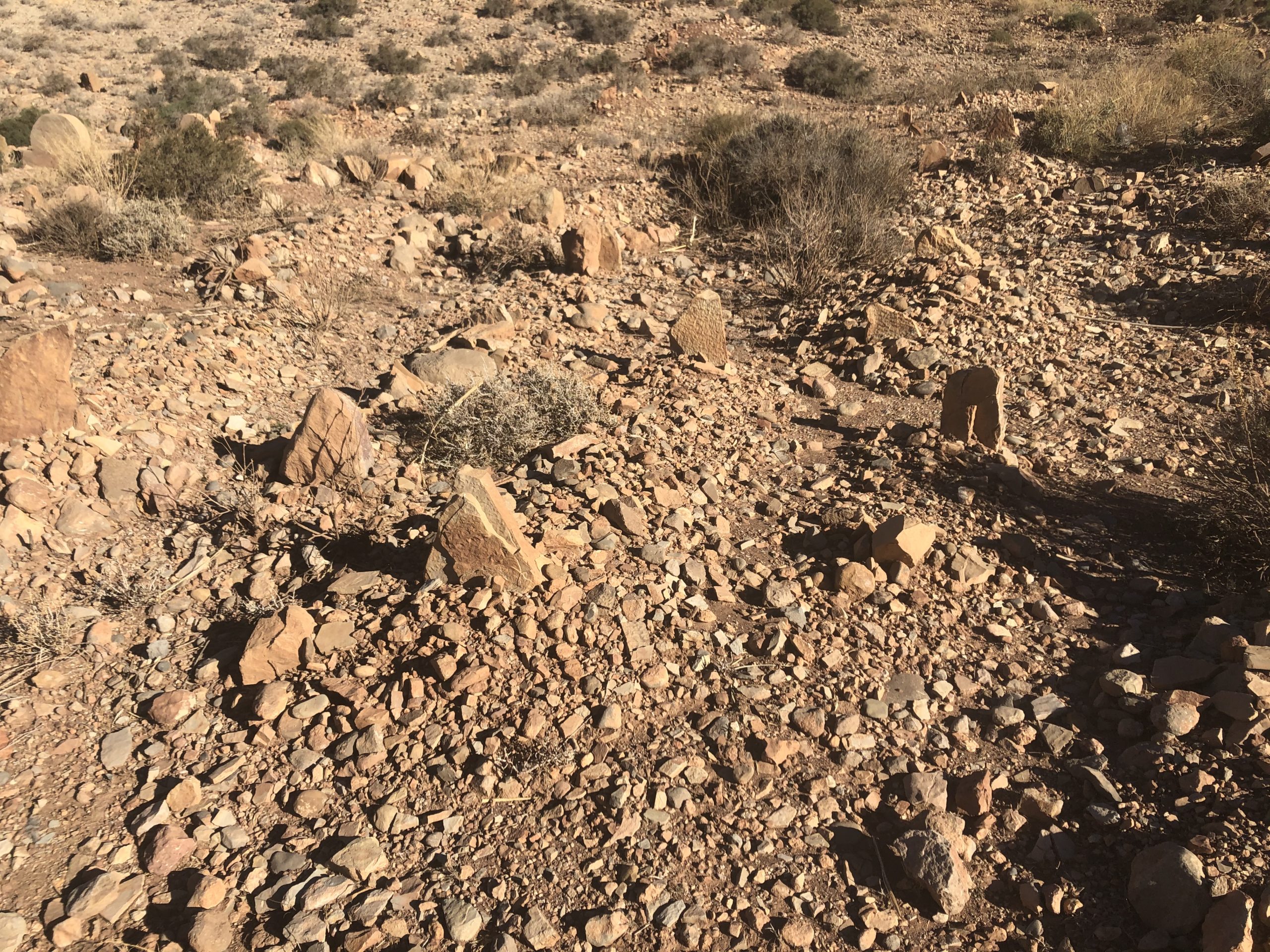
References:
Castelier, S. & Muller, Q. September 10, 2019. Gravediggers claim ghosts haunt world’s largest cemetery in Iraq, Al Jazeera website. Retrieved on September 13, 2019 from https://www.aljazeera.com/indepth/features/gravediggers-claim-ghosts-haunt-world-largest-cemetery-iraq-190909194529119.html
Maxwell, February 19, 2020, “Episode #46, Atlantis of the Sands,” Relic podcast. http://relic.blubrry.net/2020/02/19/episode-46-atlantis-of-the-sands/
Peterson, M. A. (2007). From Jinn to Genies. Folklore/Cinema: Popular Film as Vernacular Culture, 1, 93.
Nair. R. October 30, 2015. Dubai residents recount their scariest moments. (n.d.). Retrieved from https://www.khaleejtimes.com/wknd/editors-picks/Dubai-residents-recount-their-scariest-moments
NPR Radio, August 15, 2018. “The Iron Gate”, Spooked podcast.
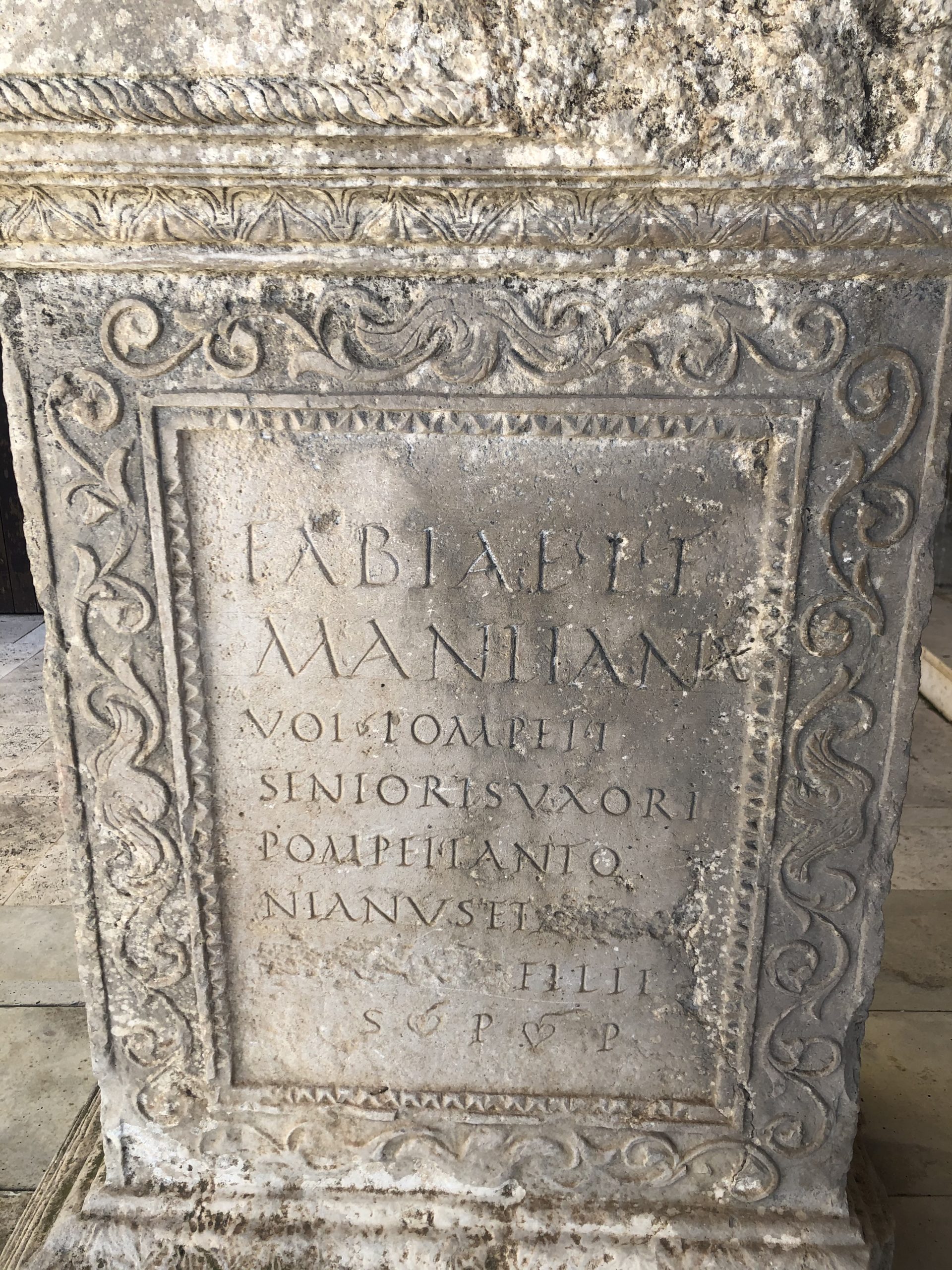
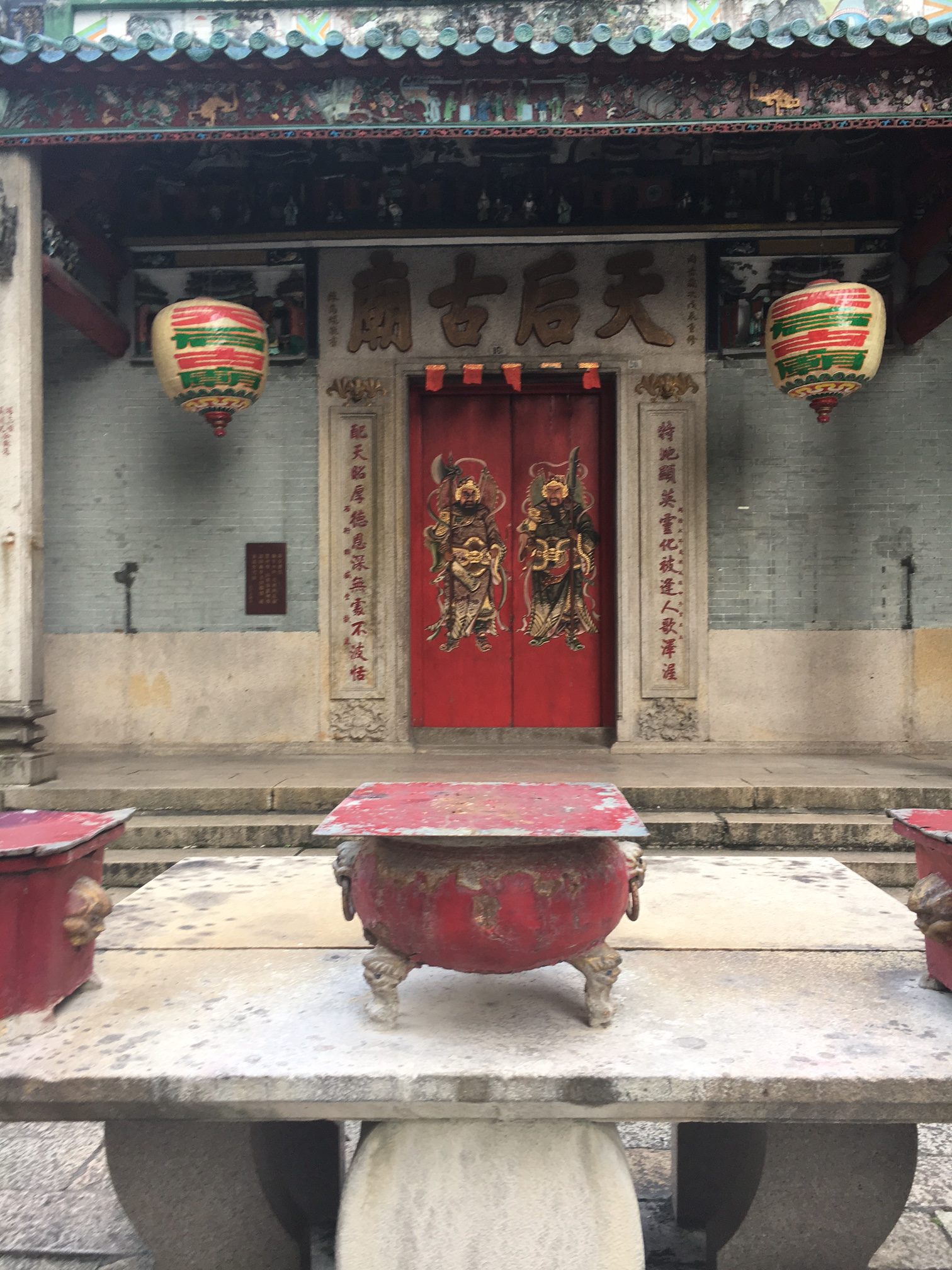
Every year I do at least one post about international folklore, such as a haunted house in Hong Kong, because I love the mysterious. This year, since I am studying Mandarin, I want to explore the idea of the ghosts in this language itself. The idea of the ghost is key in Chinese culture. One of the nation’s major holidays is the Hungry Ghost Festival (中元节) on the 15th day of the seventh lunar month. It’s a date to honor your ancestors, while also being careful to propitiate any wayward spirits. But what kind of ghosts might you fear meeting?
…
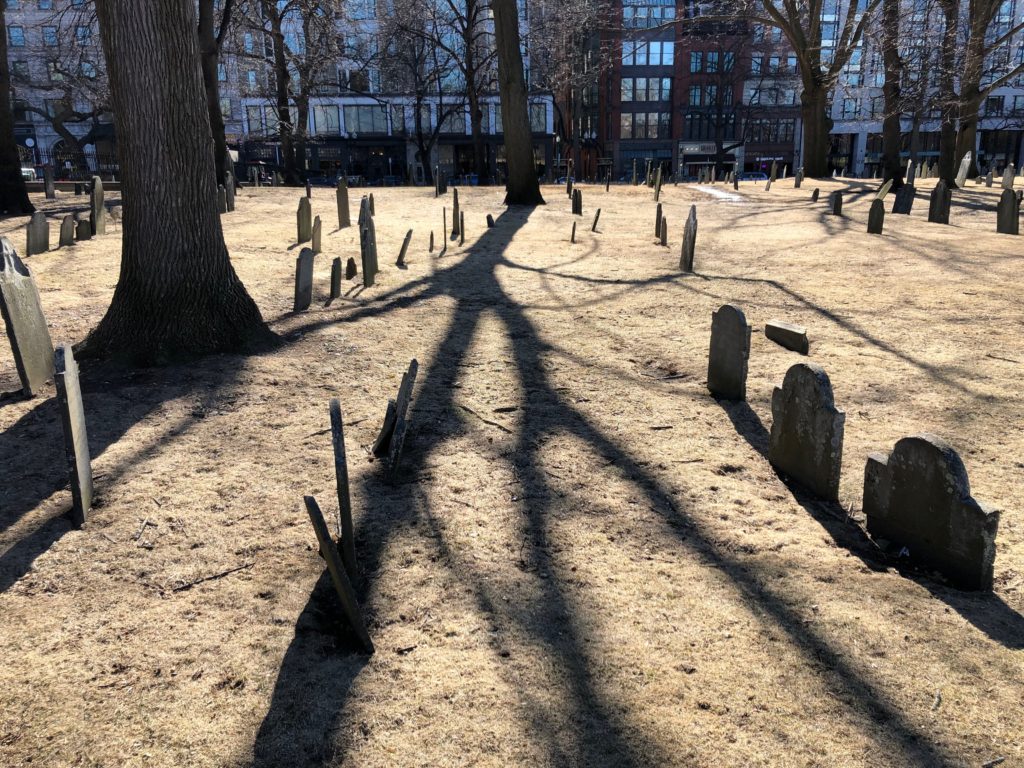
I’ve long loved Japanese ghost stories, ever since I came across the stories of Lafcadio Hearn. As the epitome of modernity, with its vast urban metropolis of Tokyo, sophisticated infrastructure, and advanced education, you might expect that these supernatural traditions would be fading in Japan. After all, Hearn recorded his stories in the nineteenth century. Instead, the traditions are evolving, as Christopher Harding has described in an article, “Ghosts on the Shore.” In the aftermath of the 2011 tsunami, ghosts didn’t disappear, but their role changed, as they comforted the living. Harding’s well-written and thoughtful piece is worth reading, particularly to hear the thoughts of one Zen priest who has an interesting take on the divide between the living and the dead. …
As authors, the prices that Amazon and other e-stores charge for our books can be mystifying. Today I received an email from a graduate student interested in accessing a book (Dangerous Spirits: the Windigo in Myth and Legend) that I had written on an evil-spirit being in Algonquian religion. They said that they couldn’t afford over $700 for the book, and asked if I could help them. I was confused and went online to look on Amazon. Sure enough, what I saw was the prices that you can view on the screenshot below. This left me rather mystified. The Kindle version of the book is under nine dollars (U.S. funds), while on Apple books the e-book is selling for just under ten dollars. Why would anyone pay $1,187.50 for the physical book? And why didn’t I save a couple of copies myself to sell on Amazon?
I know that the windigo is a common subject in pop culture, such as young adult novels, television and video games. I also know that a movie on the windigo called Antlers (set in Oregon) is coming out shortly. But these prices are unbelievable. Just to be clear: I certainly receive no share of these inflated prices, and my profits on the book have been quite modest. That’s typically the way it is for academic authors. I spent eleven years researching and writing my first book, and my first (and by far the largest) royalty check was about $220 U.S. dollars. My wife and I used it to go out for dinner to celebrate. You can imagine what the hourly rate for writing that book must have been, especially after spending a year researching amongst dusty papers in Brazil’s military archives. I try not to think about it.
So when you see such elevated prices for a book, please don’t think that this has anything to do with the authors, or that we are somehow receiving a large share of these funds. For anyone who is interested, you can obtain a paperback copy of the book for $19.95 Canadian from my publisher, Heritage House press. If you can afford to buy it from the publisher (and are in Canada), your purchase supports a small, independent house that’s an important venue for books on history.
Want to learn more about the windigo? You can watch a video by PBS’s Monstrum on YouTube here.
Shawn Smallman